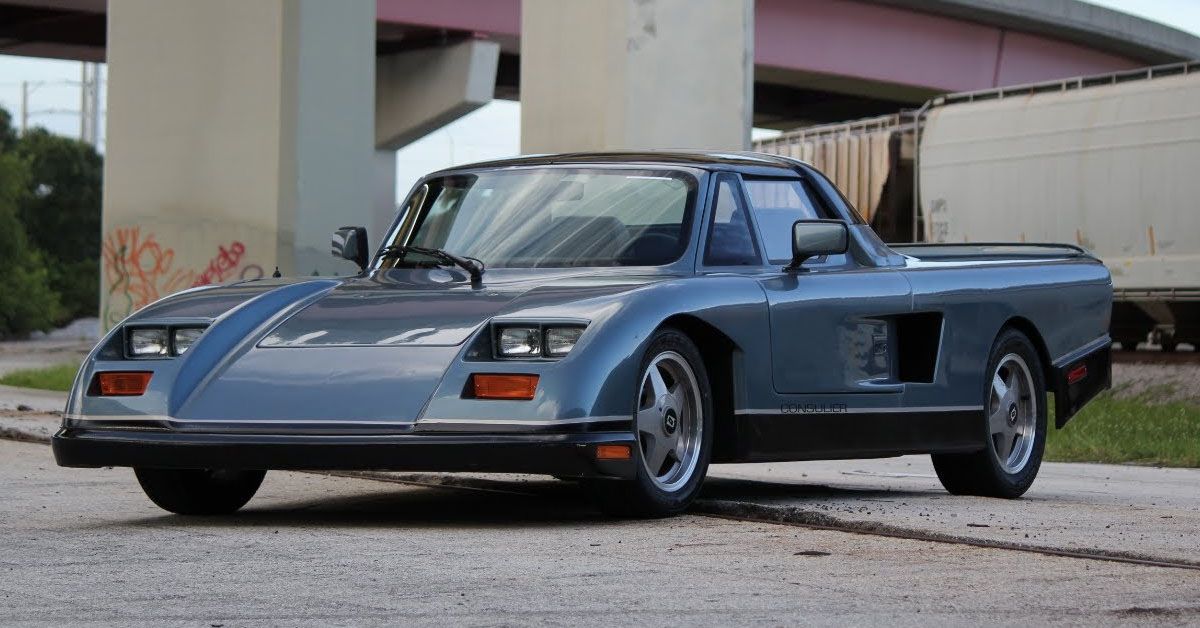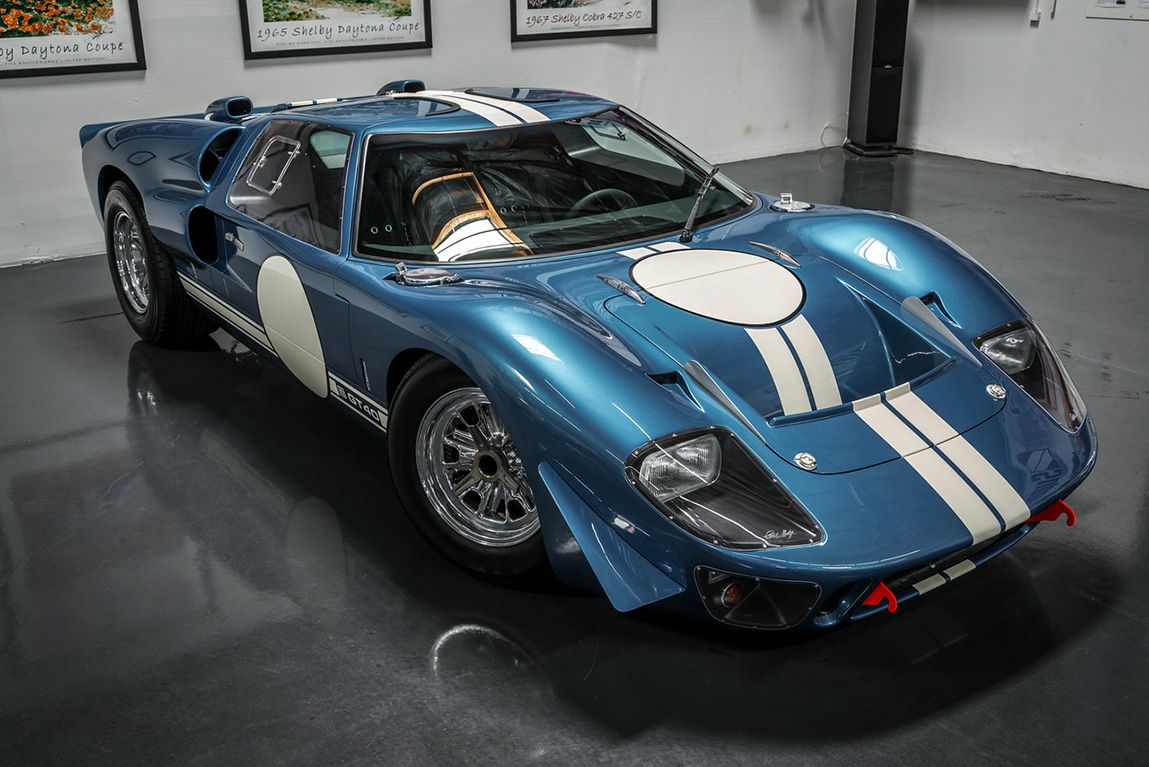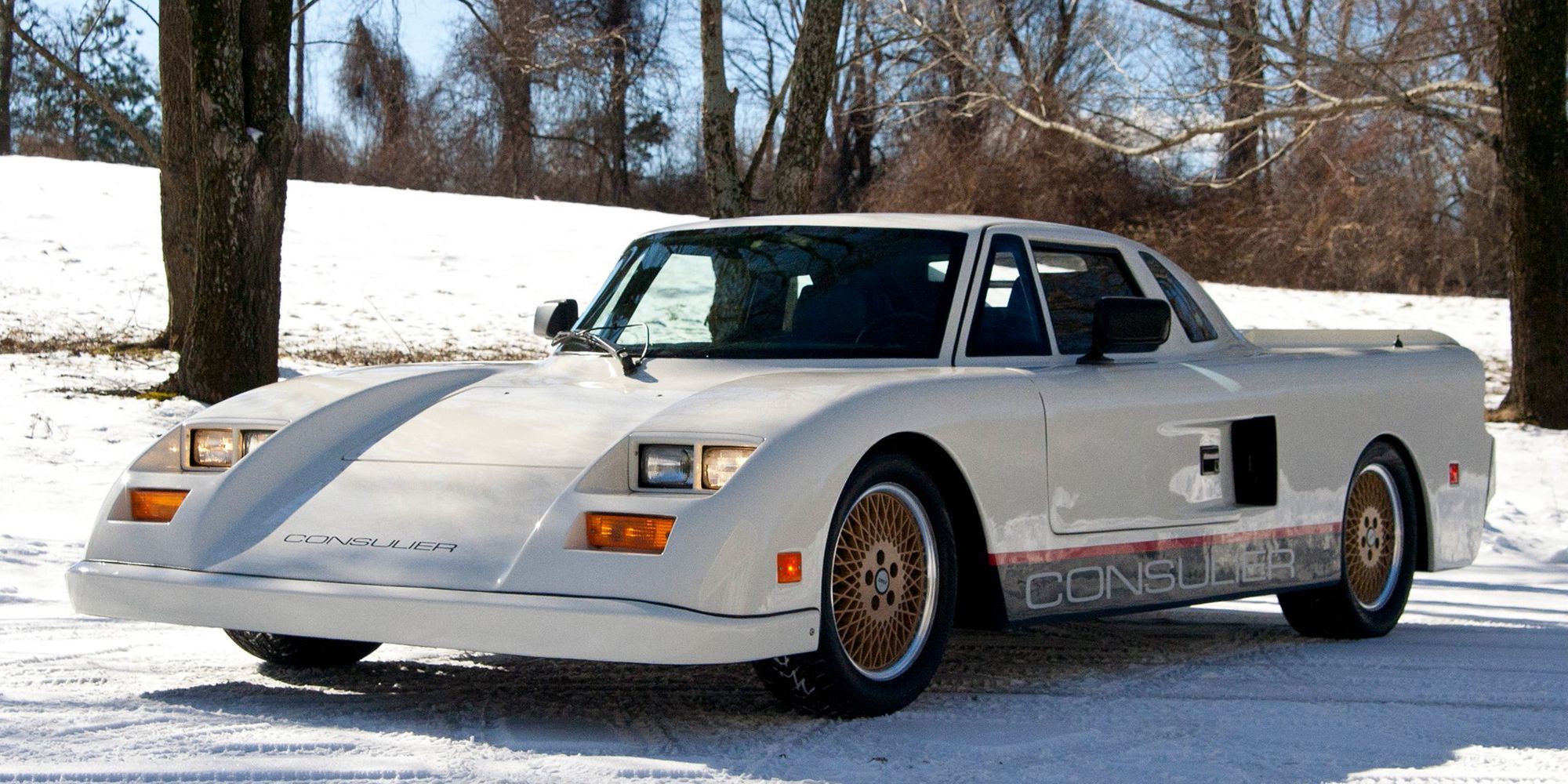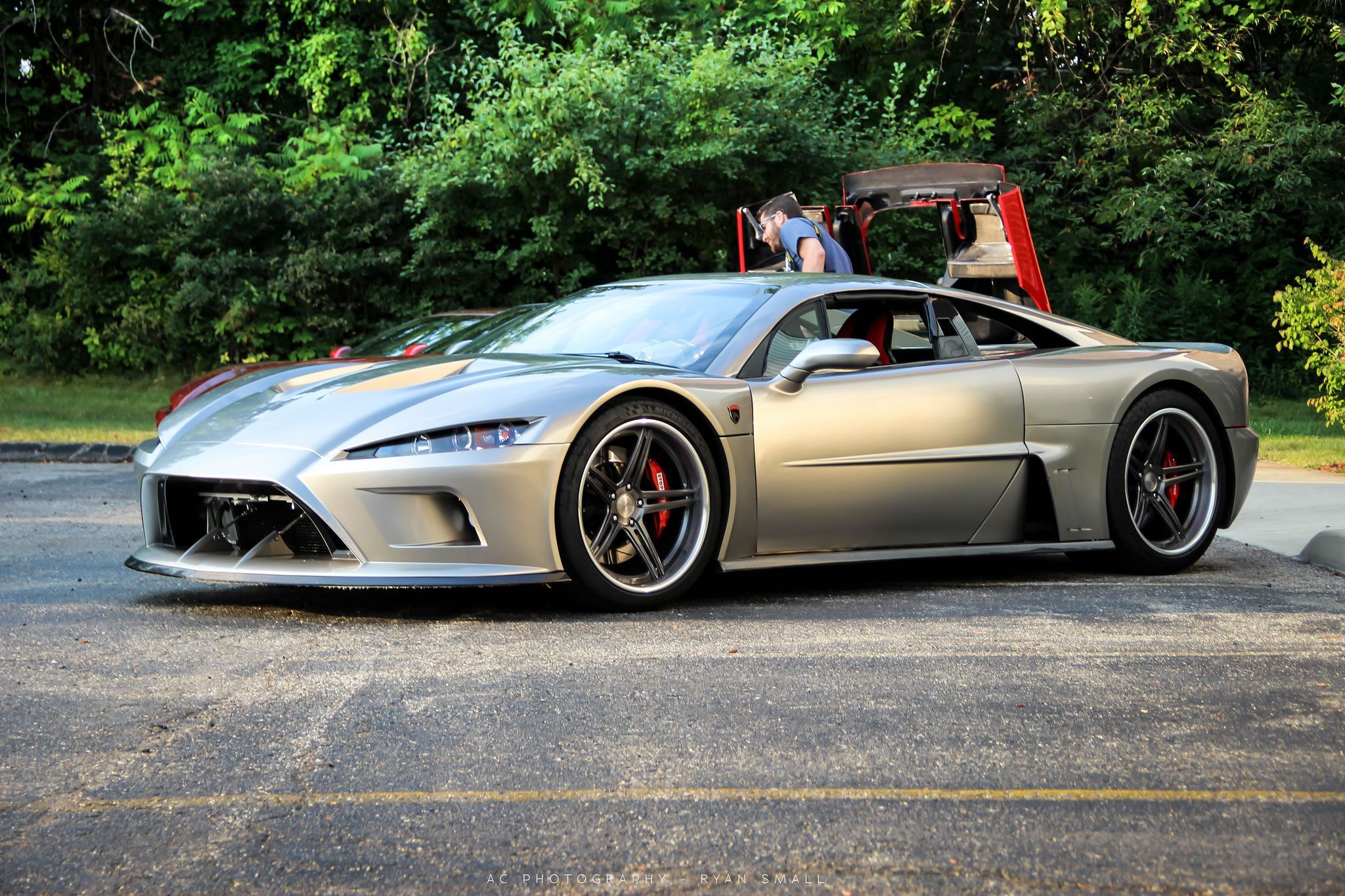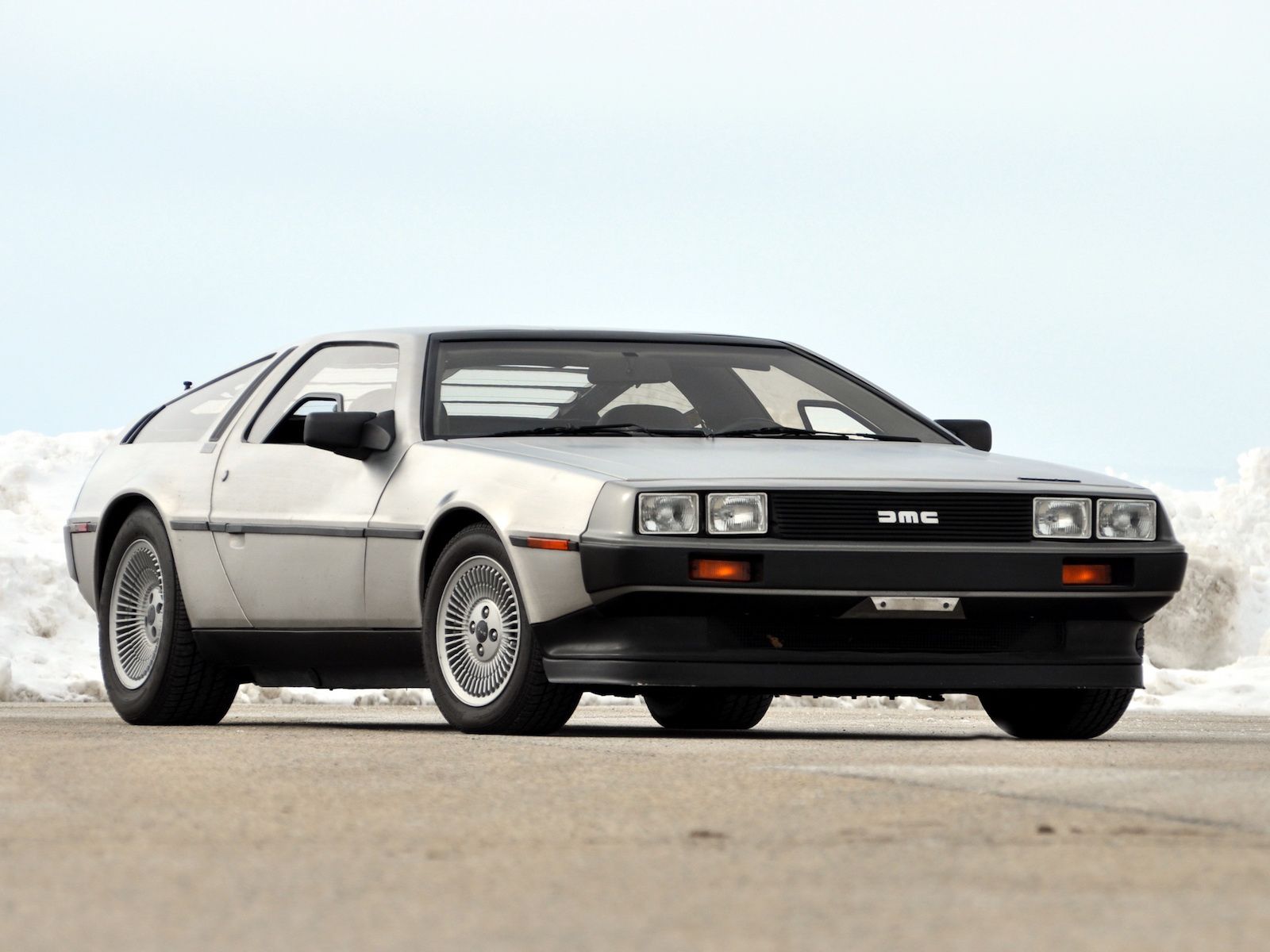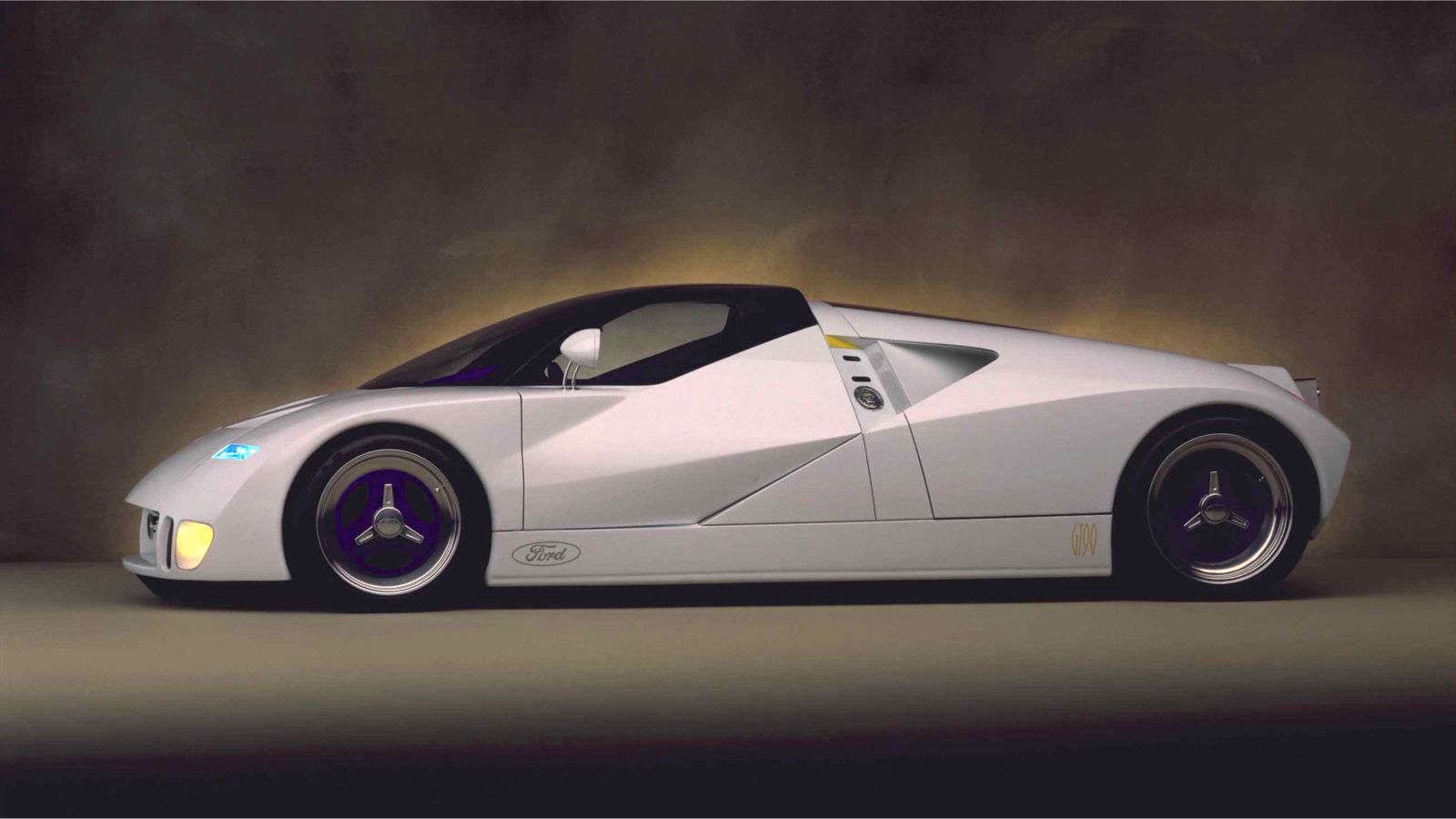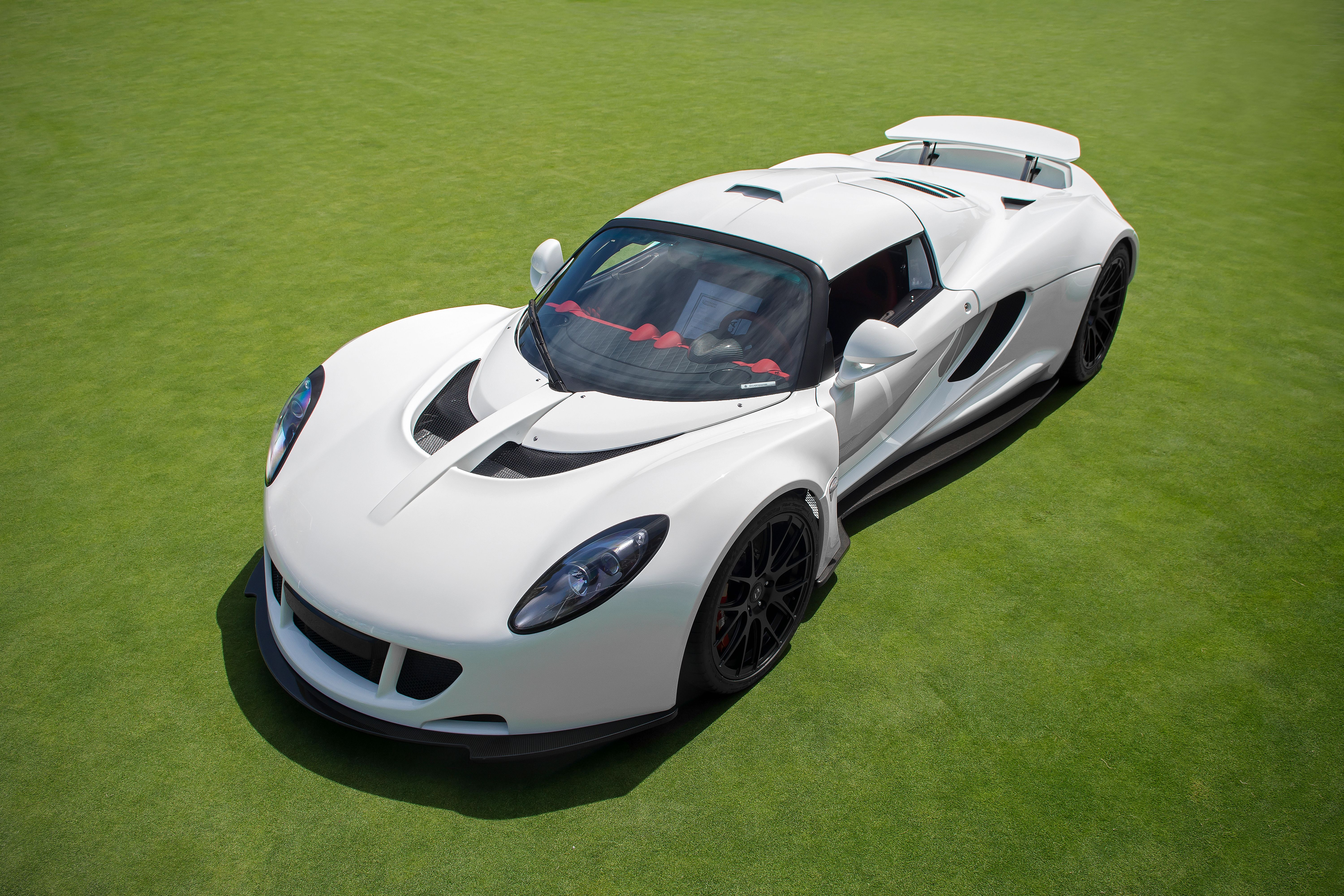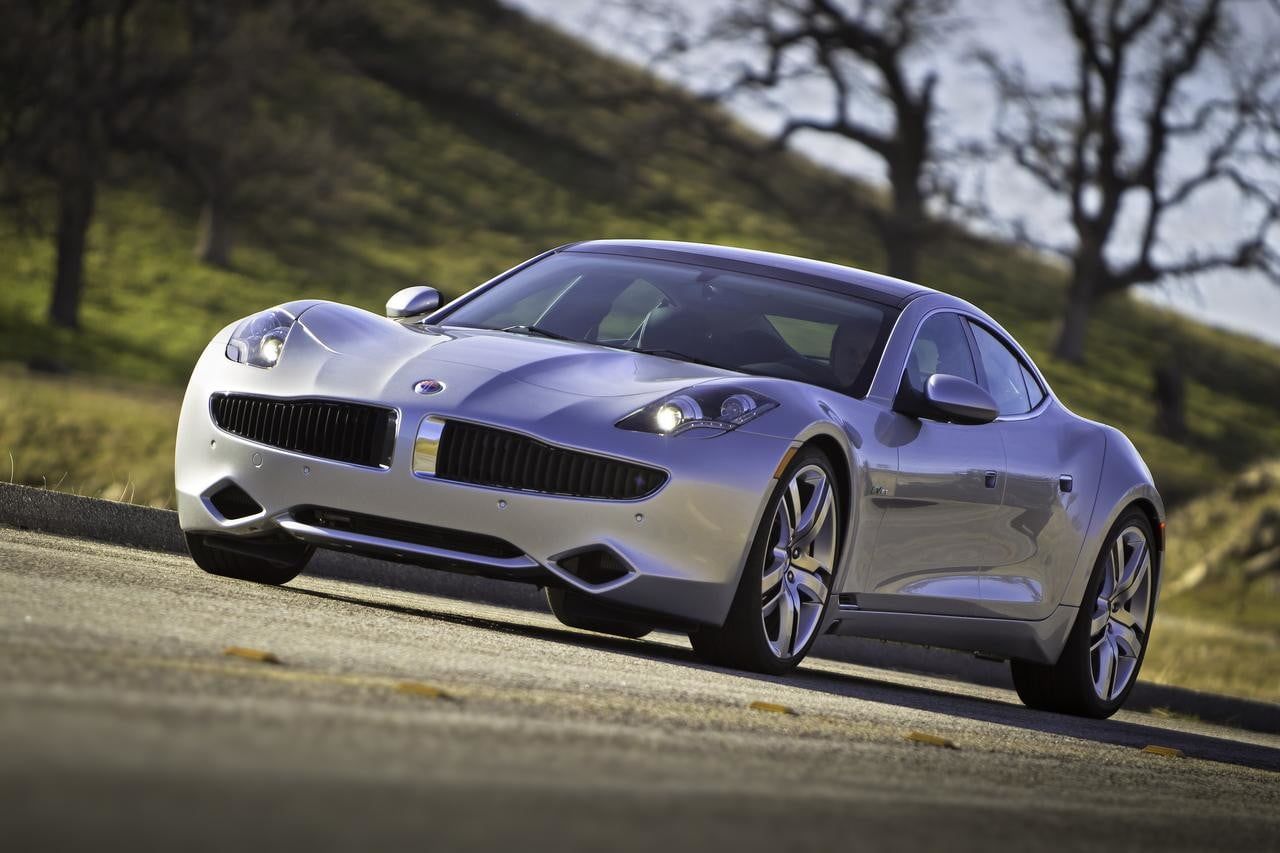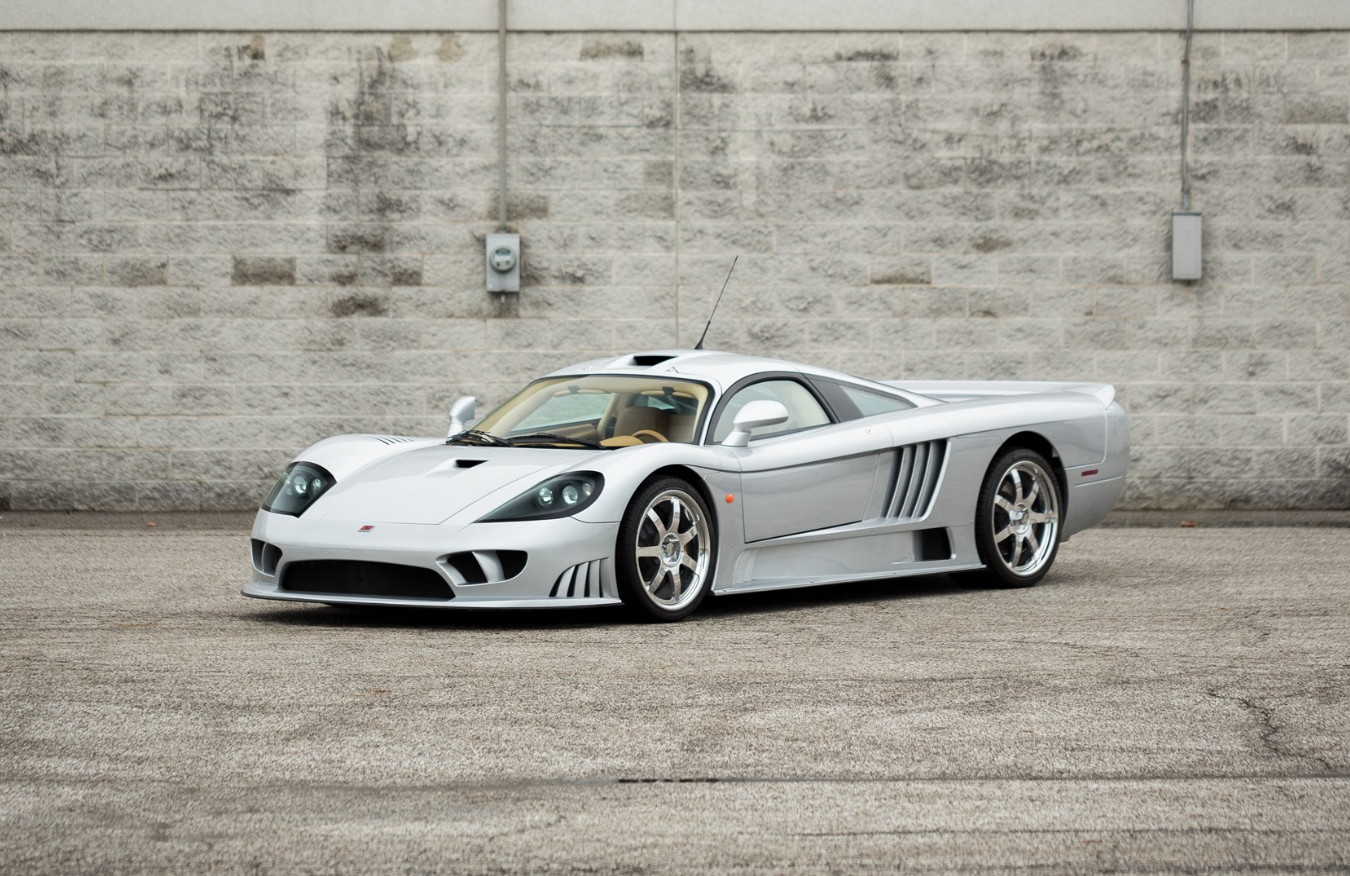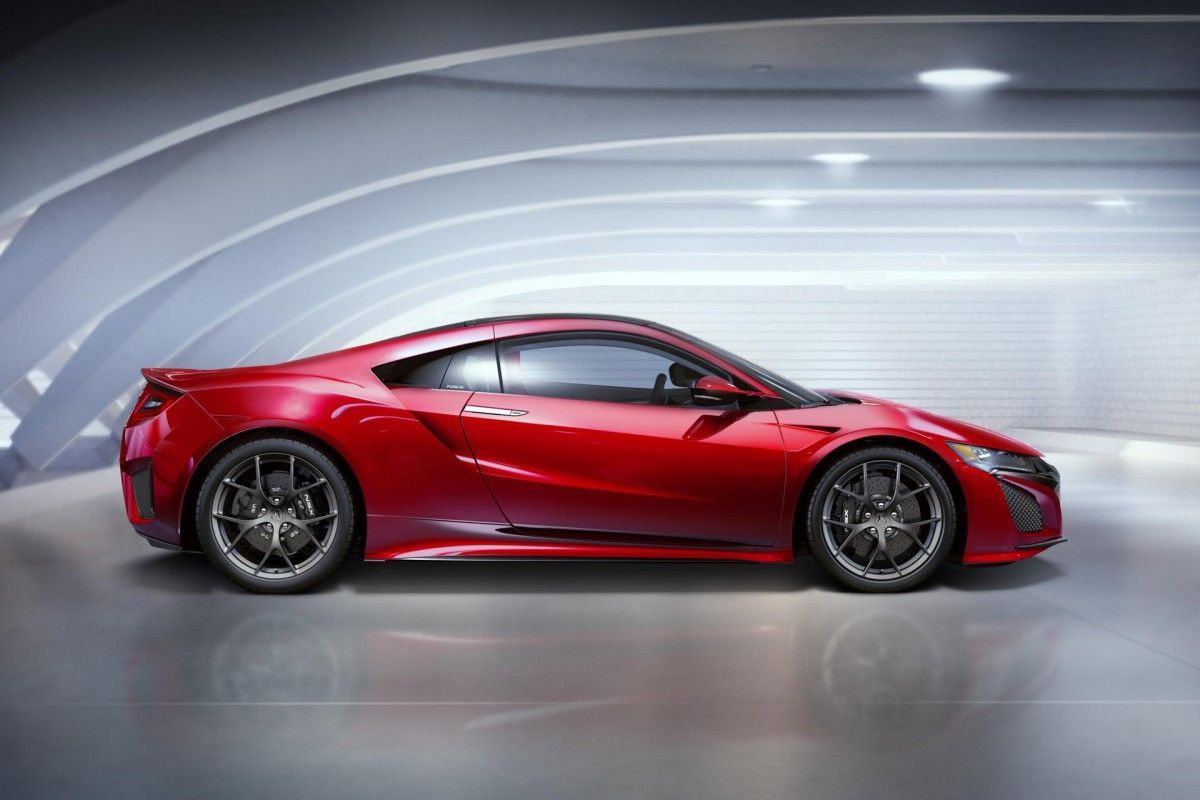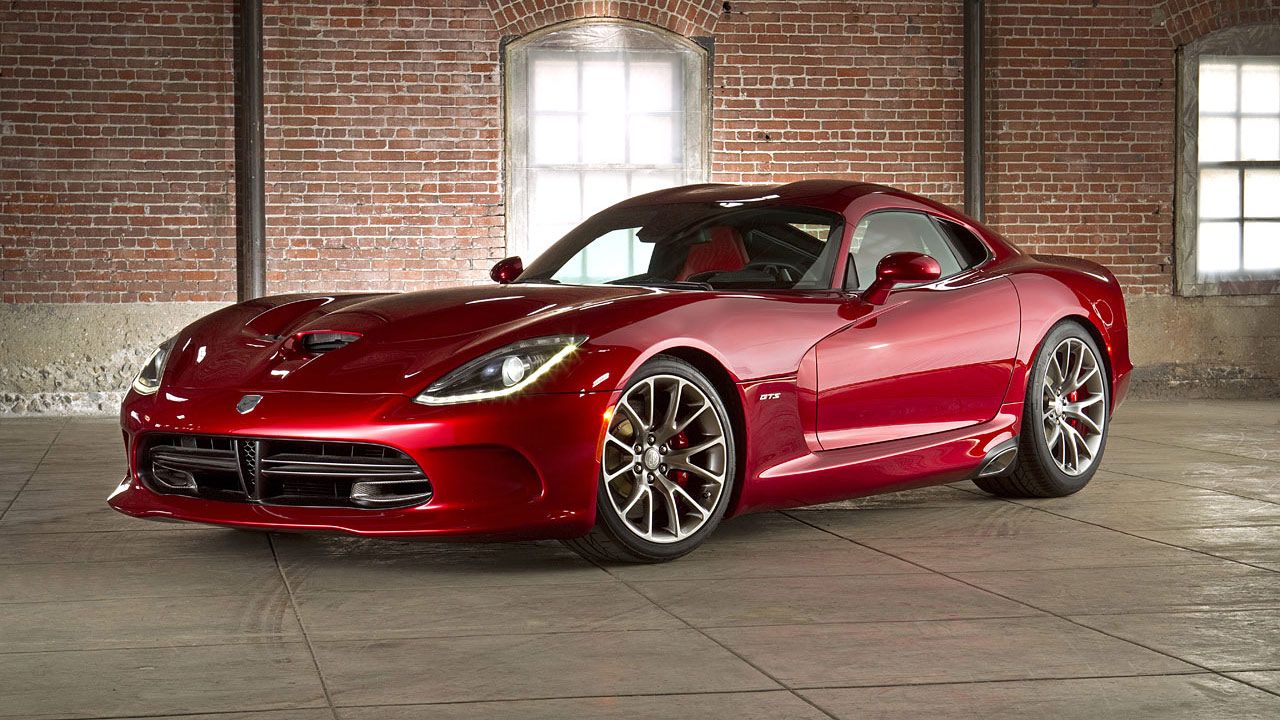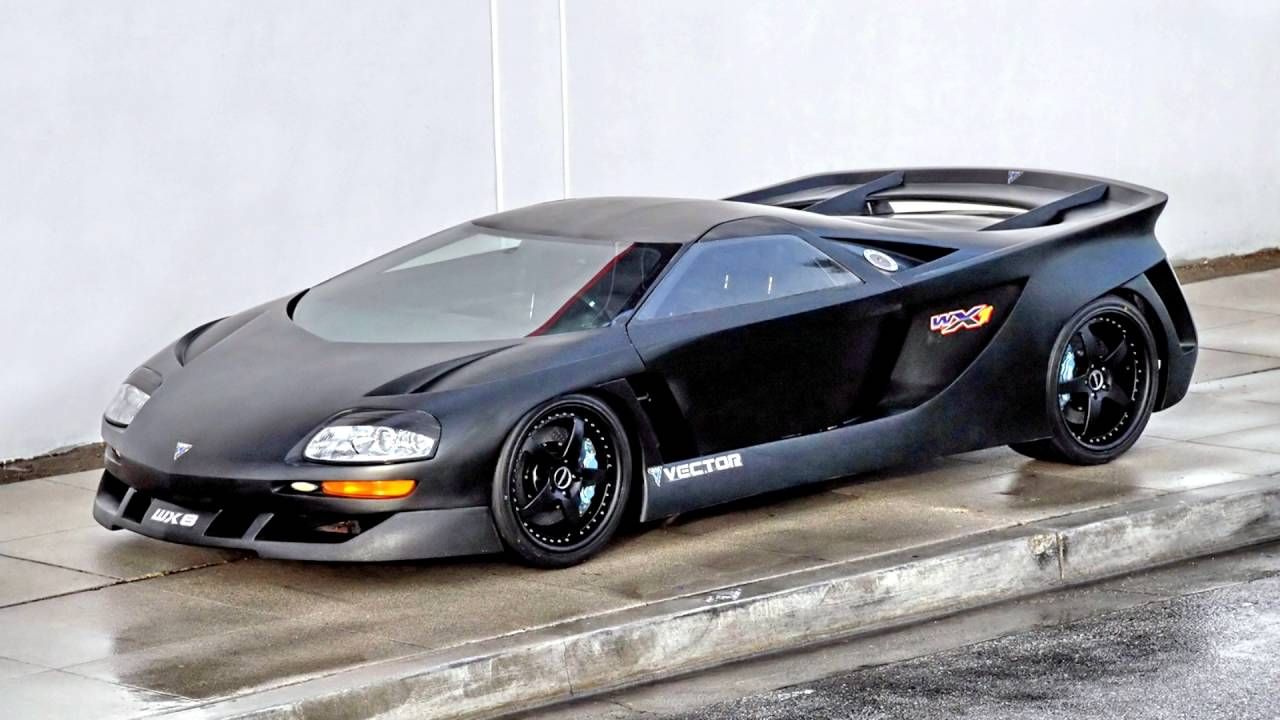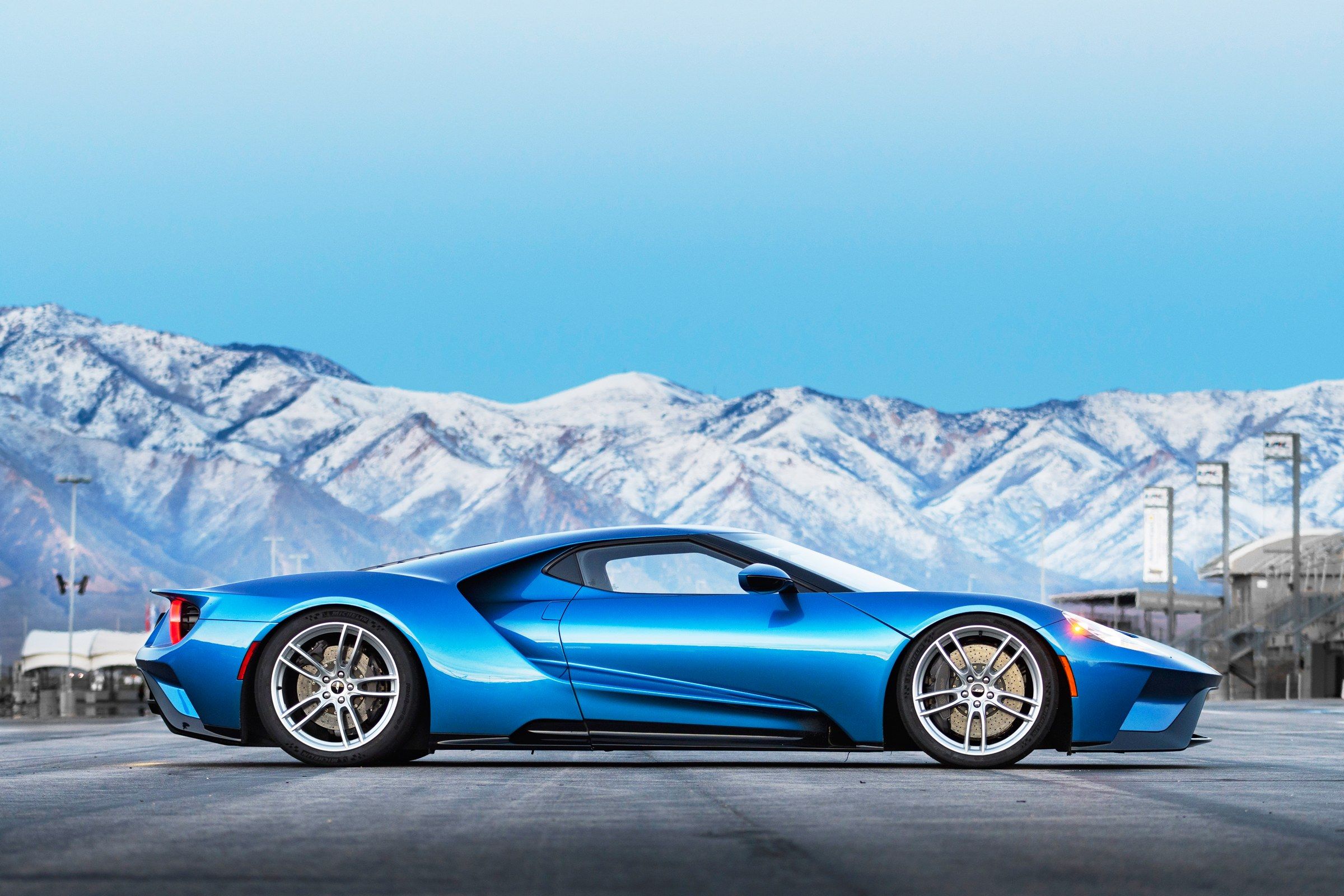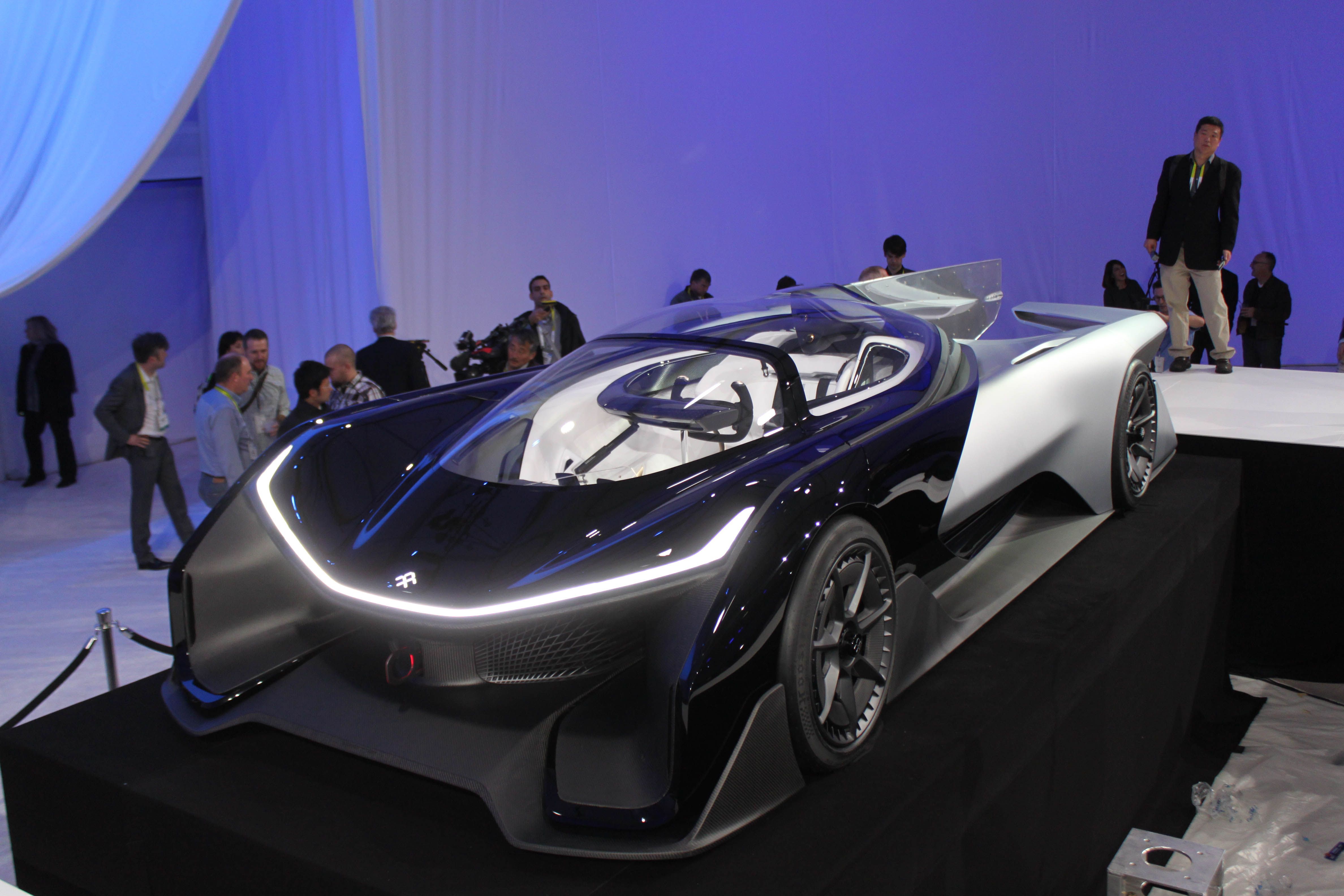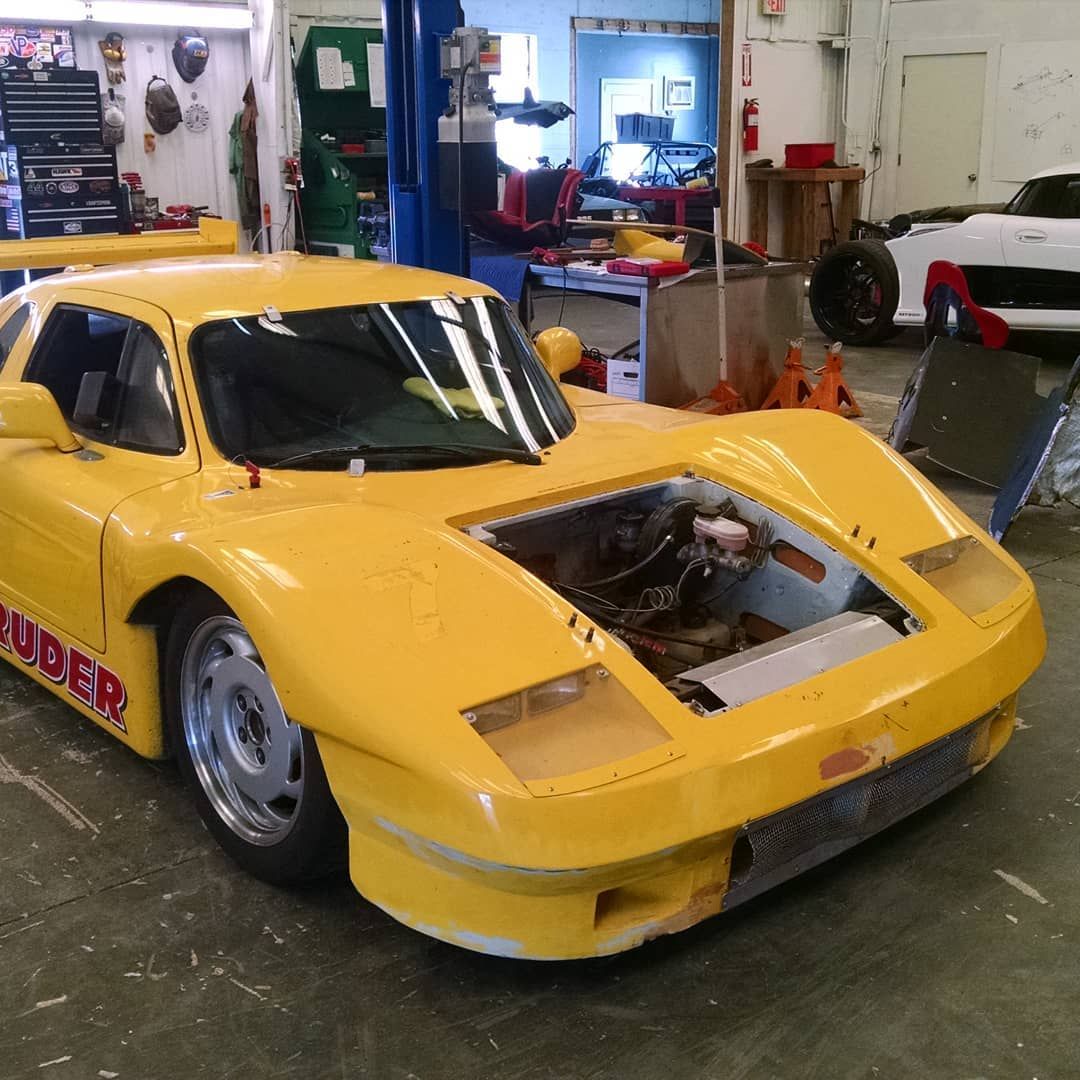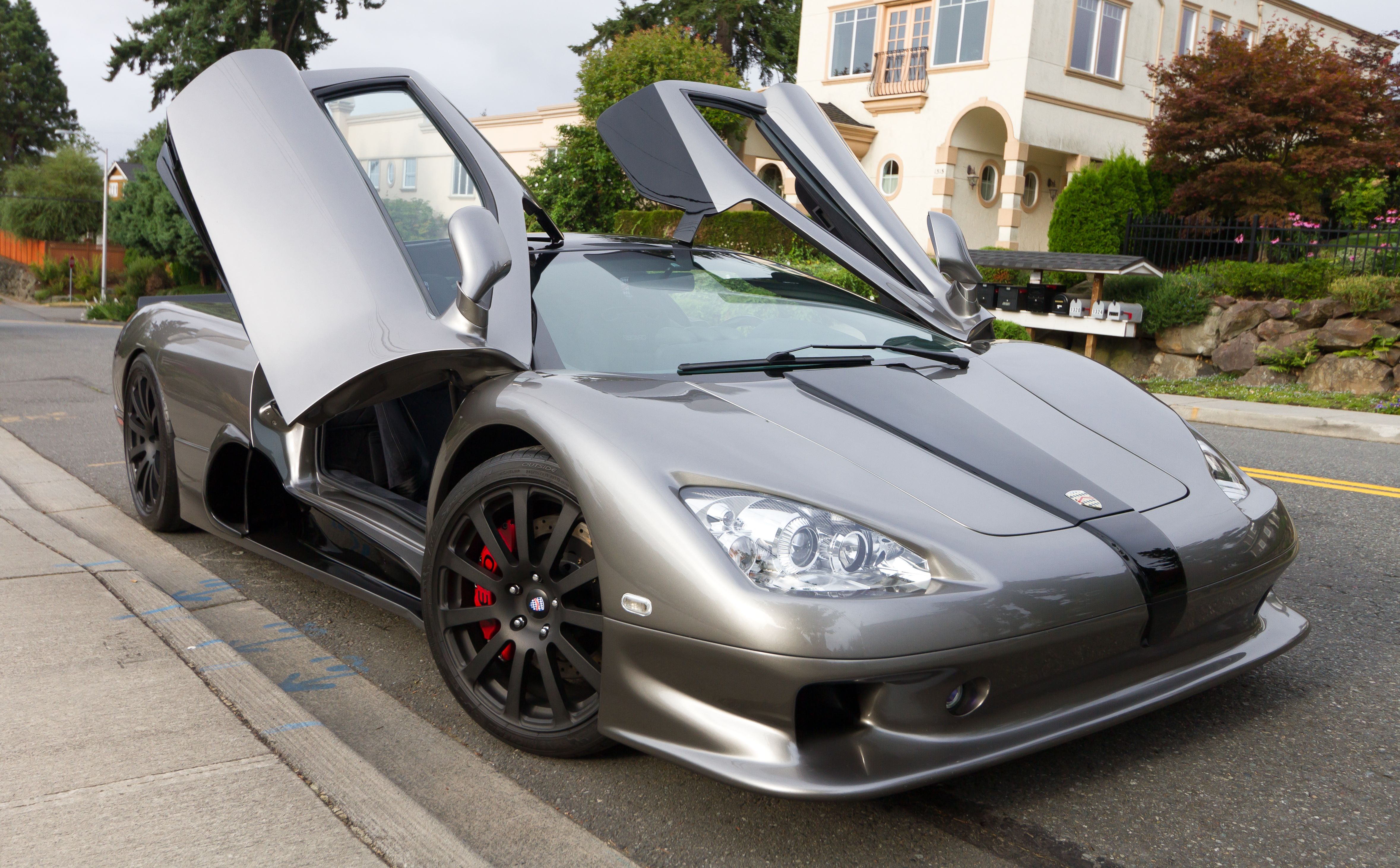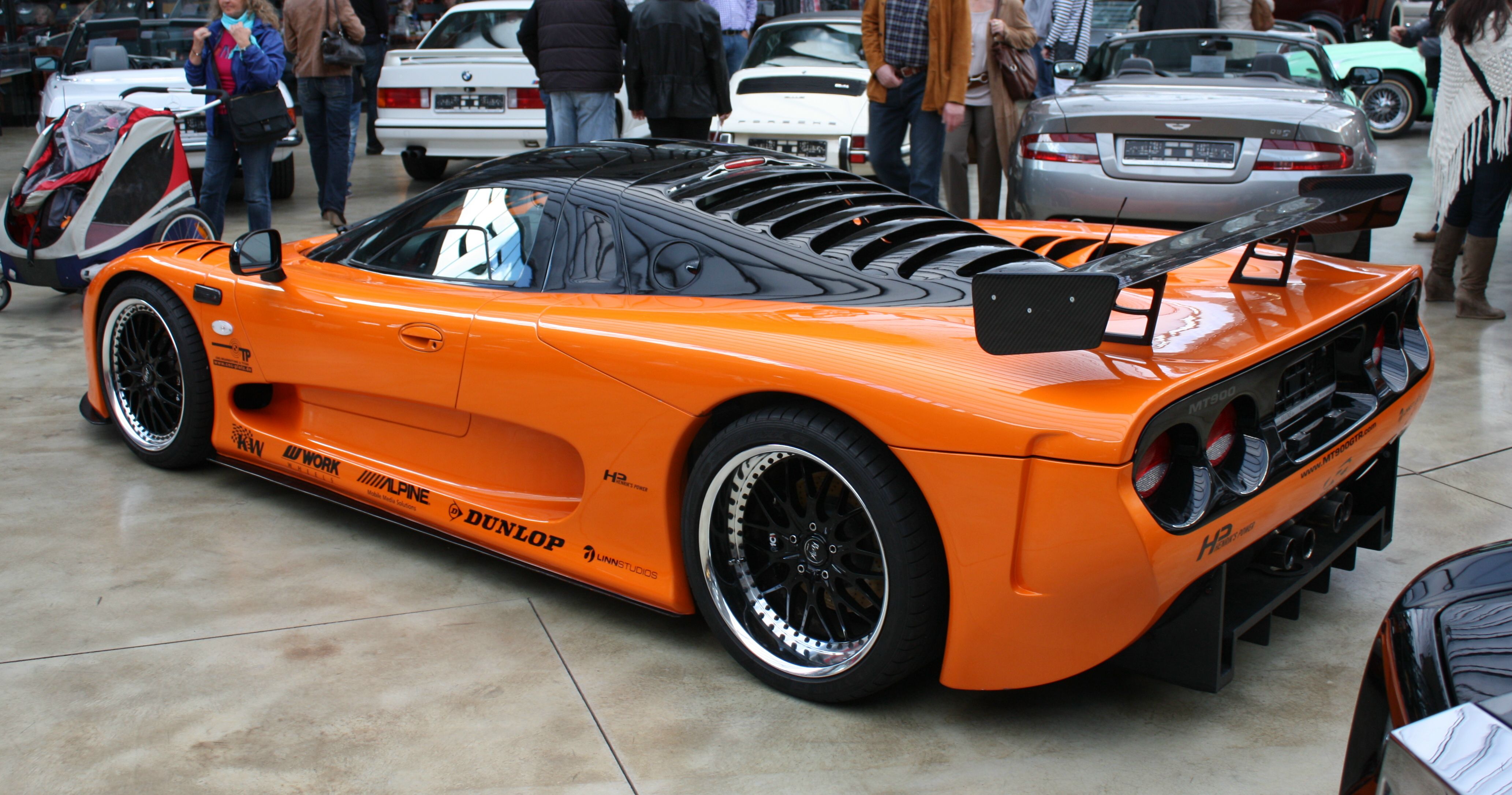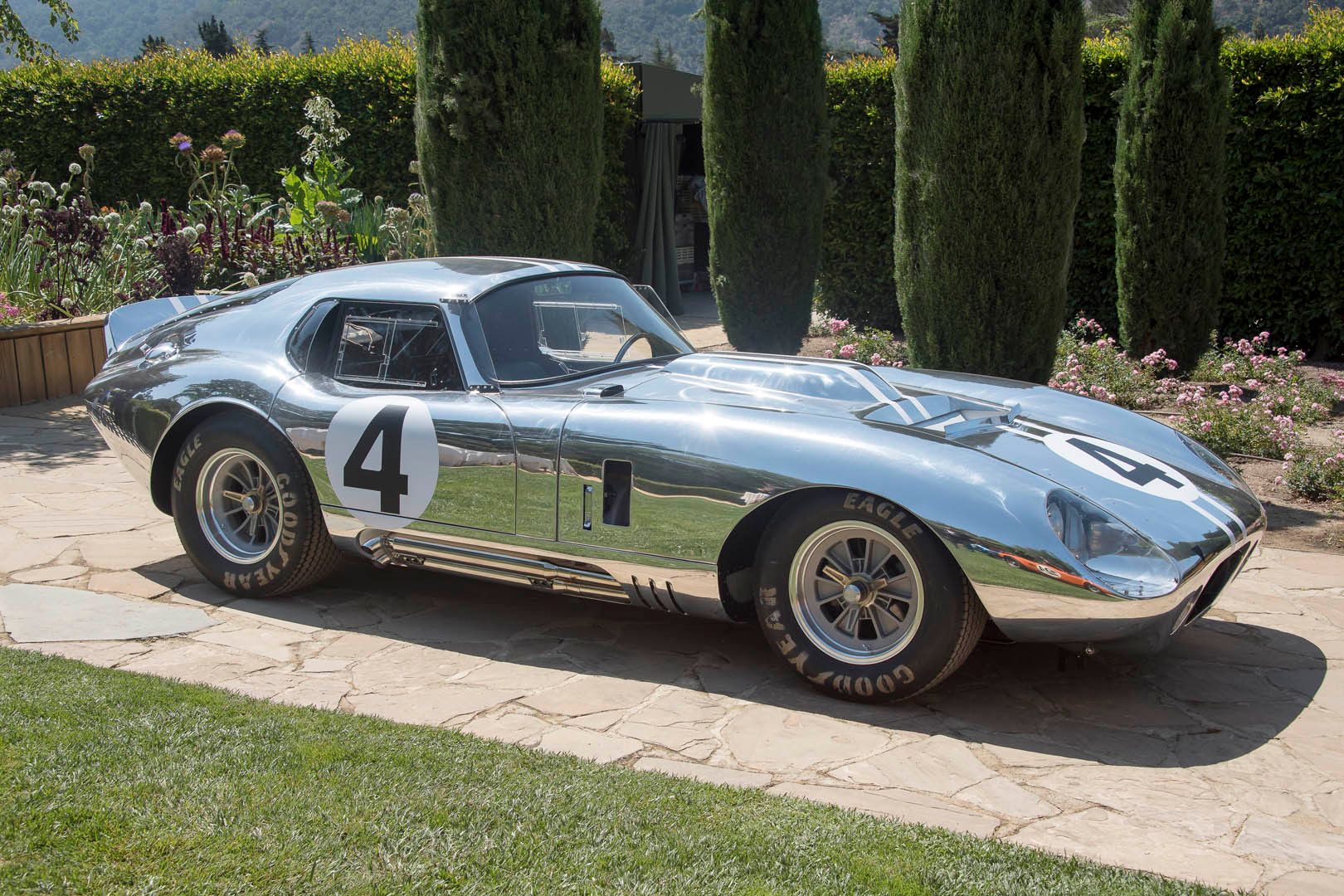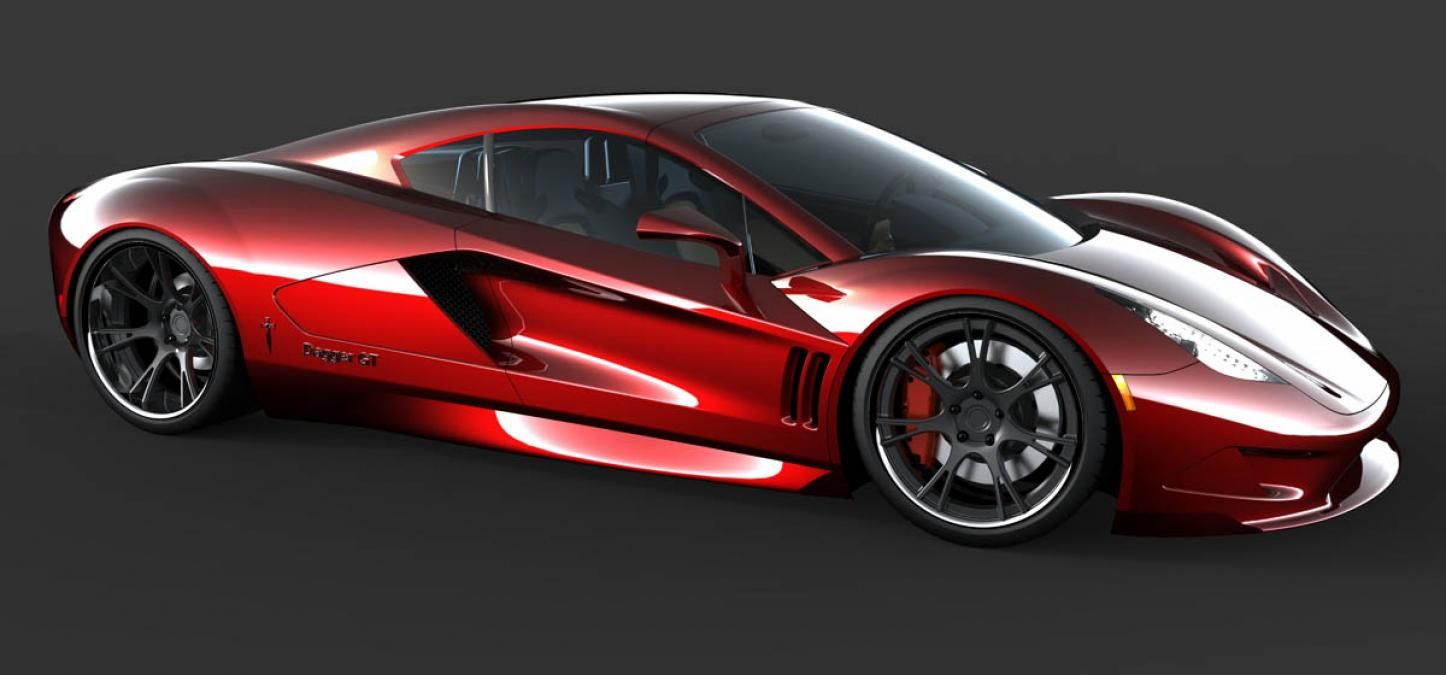Domestic automakers normally don’t do supercars- but that doesn’t mean they can’t. From the automotive giants of the Big Three to small workshop operations, domestic supercars have shown they can take on the world and win on multiple occasions. But while on-track glory has graced many a domestic supercar, utter and complete failure has as well. The very idea of building a supercar is full of hubris, and the vast majority of attempts fail even before the cars leave the drawing board. Some can’t find funding, some don’t attract buyers, and some suffer from terrible business planning and leadership.
Then there are the cars which seem like awesome ideas, but are engineered so poorly that teething problems plague them like a billion paper cuts. Some of the greatest automotive ideas were from the Big Three attempting to build a world-beating supercar, but very few of them ever actually rolled off the assembly line. Not all of them are good ideas, however. There are many questionable plans that actually managed to have several cars built, and then fizzle later from the sheer weight of their terribleness. That said, domestic makers have had significant success. A Texas chicken farmer built a car that annihilated Ferrari at the world’s toughest endurance race, and then went on to help a massive corporation called Ford do the same soon after.
An auto executive moonlighting as a professional level race driver created a car too hardcore for the world. Here are these varied stories and more.
20 Made Us Proud: Ford GT40
Once upon a time, an executive was scorned by an Italian. What followed is one of the best stories of automotive rivalry in the history or motorsport. The GT40 was born out of a singular purpose to destroy Ferrari at the 24 Hours of Le Mans.
After initial troubles with the originally British-built chassis, Ford called in legendary American racer Carroll Shelby himself to help rebuild the suffering prototypes.
The result was the end of Ferrari’s domination of the world’s greatest race, and the beginning of an icon. GT40s won Le Mans four years running, including a car build in a suburb of Detroit.
19 Couldn't Hold Up: Consulier GTP
The story of a singular man’s vision of creating his ideal super sports car is a pervasive idea. It features in the origin stories of some of world’s great car makers- Porsche, Ferrari, Koenigsegg, Pagani. And this is likely what the creator of the Consulier GTP thought. He used composites and kevlar to build an incredibly lightweight mid engine car. That just happened to look like a tram swallowed by a slab-sided racecar. The GTP, despite rather high performance, was ungainly to behold. It’s creator, a man by the name of Mosler, was a much better engineer and egoist than designer.
18 Made Us Proud: Falcon F7
Not all cars built by small companies suck, however. The F7 is a vehicle of eye-widening numbers for a car of its price.
Blasting past 60 miles an hour in 2.7 seconds, hurtling through corners with 1.3 G of lateral bite on the pavement, and halting from 60 in under a hundred feet, all for 250,000$.
Armed with twin turbos and 1100 horsepower, for less than the price of an entry level Ferrari you can match pace with a Bugatti Veyron up until 200 mph, and utterly destroy the poor million dollar hypercar in the corners. All the best supercar makes started small, and Falcon is no different.
17 Couldn't Hold Up: Delorean DMC-12
The DMC-12 is an exercise in terrible planning, negligible ethics, and facepalm-inducing execution. Many manufacturing and technological innovations were planned for the aluminum-bodied wonder, including techniques not used before. Things went downhill quickly. The location for the factory was going to be in Puerto Rico, but Delorean was somehow convinced to move the operation to Northern Ireland, where there was a war on. The manufacturing “breakthroughs” never panned out, and there was a costly redesign. The planned rotary engine plan fell through, and an anemic French V6 was chosen instead. Overweight, underpowered, and generally underwhelming, the DMC-12 went under when John Delorean himself was arrested for drug trafficking.
16 Made Us Proud: Ford GT90
The GT40 is an icon not easily forgotten, and while times had changed at Ford, the company still remembered it’s Le Mans victories with nostalgia. In the mid-nineties a small team within Ford secretly began work on a successor, not as a racecar, but a full-on supercar. In less than seven months they had built the GT90, a masterwork of design and engineering equipped with a twin turbo V12 making over 700 horsepower. The goal of the GT90 was to unmistakably eclipse every other supercar in the world at the time, including such greats as the Jaguar XJ220, Ferrari F50, Lamborghini Diablo, and even the vaunted Mclaren F1. With a projected v-max of 250+ mph, it could have happened, but Ford corporate cancelled the project.
15 Couldn't Hold Up: Vector W8
Speed and style are life for supercars, yet they aren’t everything. Vector was capable of building some truly insane machines, vehicles with strange automatic three speed transmissions capable of ludicrous acceleration and speed. Far from normal, these cars were handfuls to drive.
Turbo lag mixed with brakes without power assist made these beasts terrifying to drive.
They were built well, and were as adept as any Ferrari in handling a high speed crash, but were far better at scaring their drivers. Brutal speed mixed with brutal terror led to Vectors not exactly catching on, and the company faded in and out for many years like a ghost.
14 Made Us Proud: Hennessey Venom GT
Even though supercars tend to be bought by people who couldn’t care less about how something was built, generally speaking a massive amount of engineering prowess goes into each one. And all of these hours of work by very smart people are normally guided by a nuanced philosophy- a balance of power and control, a pursuit of a feeling, perhaps even a search for engineering optimization. The Venom GT has none of these things. The guiding philosophy behind it is simple, put the most powerful engine in the lightest car. Thus was the genesis of a car that does not make grown men cry, or gawk, or grin, but giggle. Giggle like school girls. Cars with over twelve hundred horses tend to do that.
13 Couldn't Hold Up: Fisker Karma
The world’s greatest cars tend to have inspiration from the builder’s childhood, as that is where passion is. The Karma was not one of these cars. It was inspired by a grown man watching a TV, specifically seeing a movie star getting out of a Prius at a red carpet ceremony. The grown man saw this wealthy and trendy individual getting out of a Toyota that was “green,” and decided there was money to be made.
The man was Fisker, a designer with many accolades and gorgeous designs under his belt.
But he wasn’t an engineer. The cars showed this, and despite gorgeous looks tended to light themselves on fire, among other less spectacular, but equally problematic maladies. The company didn't last long.
12 Made Us Proud: Saleen S7 Twin Turbo
Like Hennessy, Saleen is a tuning company, not a true car builder. But the S7 is much more than a big engine in a stretched Lotus. Equipped with a 1000 horsepower engine loosely based on that in a classic 60’s Mustang, the S7 takes old school engineering ways of thinking and melds them into a modern carbon fibre bodied package. This package is easier to work on than many European exotics, while weighing much less. The light weighting done includes an engine block cast from aluminum instead of iron, leading to performance numbers on par with and exceeding standard Ferraris and Porsches of the time, even without the 1000 horsepower factory package.
11 Couldn't Hold Up: Acura NSX (Second Generation)
The first NSX was Japanese. Engineered and proven in Japan with Aryton Senna behind the wheel, when the car was released to the world it shook the very foundations of the supercar world. A supercar that was actually reliable, and capable of out maneuvering anything else in the world.
The current, hybrid NSX is not Japanese.
It was designed, and is now built, in Ohio. Not in the glorious appalachian hills that spawn the Corvette, or the mean Detroit streets that the Viper came from, but the flat and quiet corn fields of Ohio. While the original was ahead of its time, the second generation NSX was delayed for so long, it is a decade late. And well behind the competition.
10 Made Us Proud: SRT Viper
The Viper is never late. Powered by a massive fire-belching 8.4 liter V10 straining against a leash of high performance aerodynamics, the Viper is a force unto itself. The Detroit born beast was always a brute, and didn’t fit in with the other, nicer, friendlier supercars. Those supercars were designed to coddle rich people and make them feel good about themselves. The Viper was meant to test meddle, crush dreams, and win races. The Viper won’t save you if you mess up. That’s on you. But if you’re man enough, nothing else will do. Because nothing else is anywhere near this raw.
9 Couldn't Hold Up: Vector WX-8
The ghostly Vector company returned one last time to haunt the world, this time with a creation of horrifying power. With a mid-mounted big block V8 fed otherworldly amounts of forced induction via two turbos, Vector claimed this vehicle would produce well over 1800 horsepower. A top speed of three hundred miles an hour was claimed, as well as a 0-60 dash of 2.3 seconds. The quarter mile would be decimated in eight seconds, a figure which even the current Dodge Demon is nowhere close to. Perhaps luckily for the world, this bullet with Supra headlights will never see the light of day. Vector folded almost immediately after their prototype was unveiled.
8 Made Us Proud: Ford GT (2017)
A decade after a retro Ford GT had come and gone to celebrate the GT40 legacy, a new set of rumours began to fly about a new GT, one done in time to compete in the 2016 Le Mans 24 hour race. The automotive world was attentive, but had no idea what was rapidly approaching.
When the GT was unveiled at the North American International Auto Show in Detroit, jaws dropped.
It was a car that looked like virtually nothing else on the road, a gorgeous and sleek teardrop on top of a low slung chassis, the rear wheel pods attached to the main body with aerodynamic buttresses. Soon thereafter, Ford won Le Mans again.
7 Couldn't Hold Up: Faraday Future FFZERO1
Vaporware is something that never comes to market, despite its maker saying it will for ages. While the FFZERO1 is just a concept, the entire Faraday Future company appears to be vaporware itself. With terrible intercompany politics and incompetence, FF has long been eyed as suspicious. When they did reveal a car, it failed to perform during the press event, a disaster which was preceded by many company leaders jumping ship. While the FFZERO1 was designed as a party piece to draw attention, and with a claimed thousand horses delivered by four in-wheel electric motors, the futuristic Le Mans-prototype aping concept certainly did that. Too bad Faraday Future never delivered.
6 Made Us Proud: Tesla Roadster (Second Generation)
Normally, when a new hypercar is teased on the web that supposedly makes three gigawatts of power and runs on magical fairy dust, people just roll their eyes and move on. Specs like zero to sixty in less than two seconds, a quarter mile of of less than nine seconds, and a top speed nearing or surpassing 270 miles per hour are just too stupid to believe. But these very specs, minus the gigawatts and fairy dust, are what Tesla slapped on their new Roadster prototype. Coming from a company run by a rocket scientist and that builds family sedans that murder Lamborghinis at the drag strip, these are no idle threats. Those who have test driven Roadsters say the numbers are conservative.
5 Couldn't Hold Up: Mosler Intruder
Seemingly undeterred by the dismal sales achieved with the Consular GTP, Mosler upgraded his design and went racing with it. Packing more power and way more aero, the former Wall Street money man earned the honor of getting banned from a race for dominating it too hard. Too bad this car was still just as ugly.
Despite light weight, relatively high power, and wins at the local races, the Intruder remained a car few besides it’s father could love.
Adding insult to injury, the puffed up Mosler bet 25,000$ to anyone who could beat his car with a production car, and when a magazine did so with a Corvette ZR-1, he made excuses and backed out.
4 Made Us Proud: SSC Ultimate Aero
One of the original rivals to the Veyron, the Ultimate Aero is similar to that European hypercar by just annihilating the spec sheet with fantastic numbers. Over 1G lateral grip on the skid pad, Guinness World Records verified top speed of 256 miles per hour, zero to sixty in under three seconds, and sixty to zero in 103 feet. Arguably the Ultimate Aero started the game of one upmanship in the hypercar arena, as soon after SSC grabbed their record Bugatti developed the Veyron Super Sport, which eclipsed the top speed of the car from the small car builder from Washington state.
3 Couldn't Hold Up: MT900
Eventually, even the likes of Mosler managed to realize if he wanted to build a truly great supercar it would have to be pretty. So finally he hired a designer, Rod Trenne, who in his resume had the C5 Corvette. As one might expect, the MT900 turned out to be gorgeous, a sweeping but simple design that while somewhat generic was definitely beautiful. It was a slick design as well, with an incredibly low 0.25 cd in terms of drag. Lightweight and capable, it should have been a hit. But supercars need to be fast. And a car with less power than a concurrent base model Corvette just doesn’t fit the bill for fast. Mosler sold less than two dozen.
2 Made Us Proud: Shelby Daytona Coupe
Once upon a time, there was a chicken farmer from Texas who liked machines. He learned how to build stuff, but what he really wanted to do was drive. He borrowed a friend’s sports car to compete in his first race, a small local affair.
He immediately beat cars with double the horsepower, and realized he had quite a talent for racing.
A meteoric rise followed, culminating in winning the greatest race of them all, the 24 hours of Le Mans. Eventually he would be back not as a driver, but as a builder, campaigning his own car. The Daytona Coupe, a car built by a Texan chicken farmer, won the toughest road race in the world.
1 Couldn't Hold Up: Transtar Dagger GT
Some stories are too awesome to believe, yet are true. The story of the Dagger GT just ain’t true. A truer case of internet vaporware is hard to find, as the supposedly 315 mile per hour 2000 horsepower mid engine photoshop design study has never even been displayed in public as a concept, let alone been driven. For a while some pure souls hoped something may come out of all the hyperbole and renders of the car, but alas, year after year no car appears. Some stories don’t even get to start, but since those are normally the ones that are terrible, that’s just fine.

